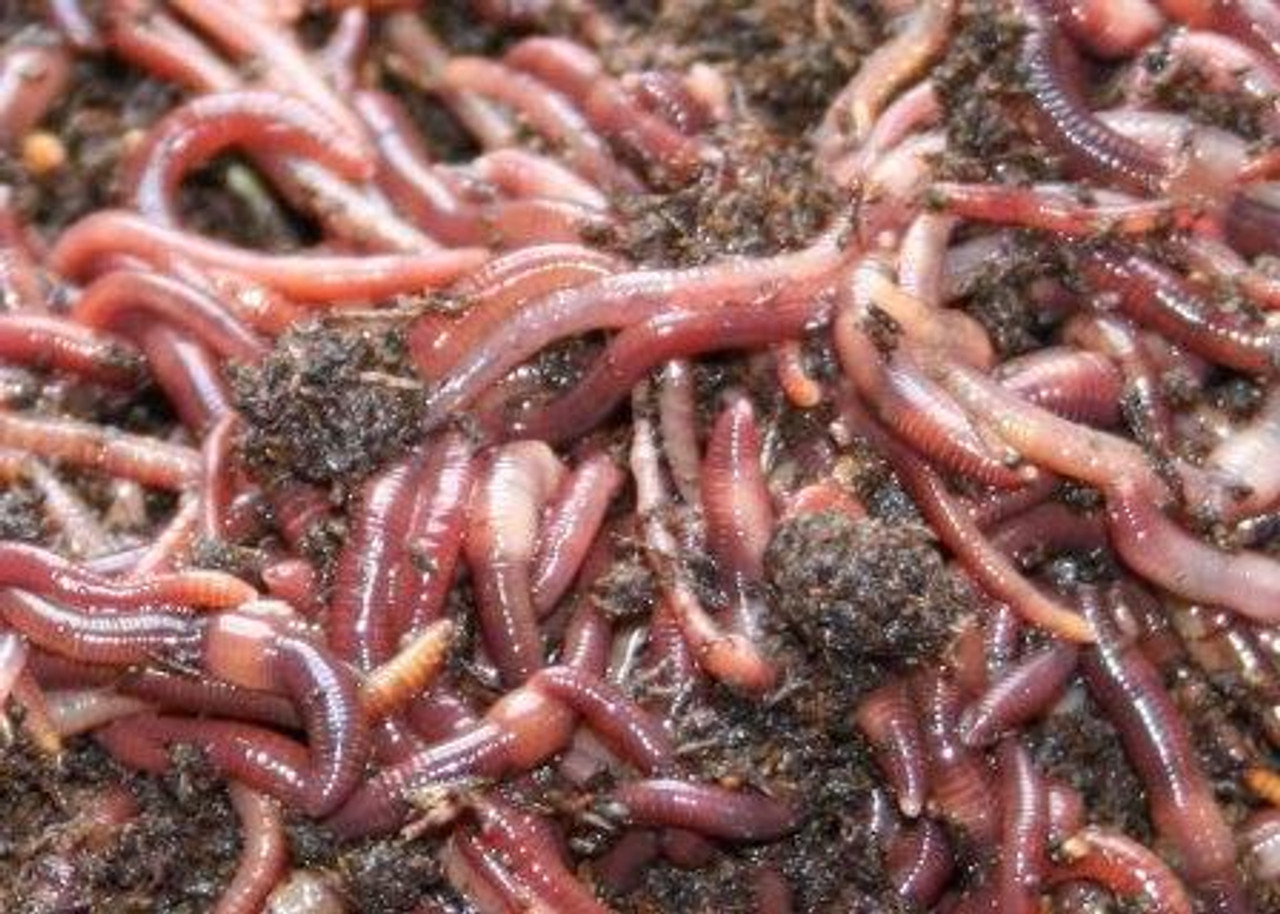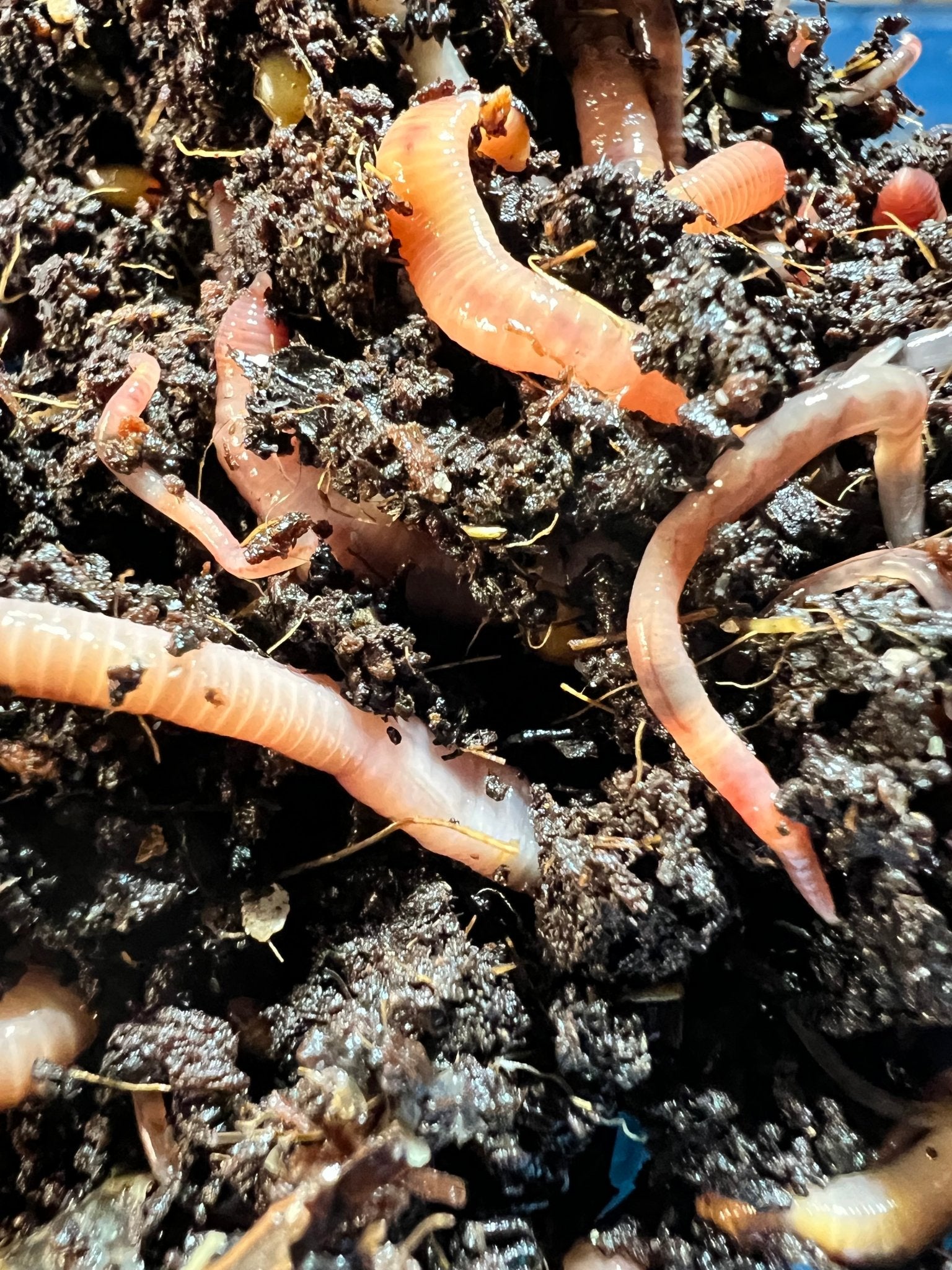Discover Lake Hickory Bait: Reliable Supplies for Every Fishing Adventure
Discover Lake Hickory Bait: Reliable Supplies for Every Fishing Adventure
Blog Article
Red Wigglers: The Unsung Heroes of Organic Waste Recycling
Red wigglers, or Eisenia fetida, act as essential agents in the natural waste reusing procedure, transforming discarded products into useful vermicompost. Their reliable failure of natural issue not only enhances soil quality but also adds to sustainable waste management techniques. As the globe significantly seeks solutions to combat waste buildup and enhance agricultural performance, comprehending the role of these worms becomes important. What mechanisms allow them to grow in garden compost environments, and just how can they be properly used in both residential and business settings? Exploring these inquiries reveals the broader ramifications of vermicomposting in our ecological landscape.
What Are Red Wigglers?
The exceptional resilience of red wigglers, clinically recognized as Eisenia fetida, underscores their vital role in natural waste recycling. These small, reddish-brown earthworms are generally discovered in disintegrating raw material, such as compost heap and manure lots. Lake Hickory Bait. Unlike various other earthworm types, red wigglers grow in nutrient-rich settings and are highly efficient at damaging down natural products, making them crucial for vermicomposting

(Red Wiggler Express)In addition to their duty in waste decrease, red wigglers add to dirt health and wellness by enhancing dirt framework and aeration via their burrowing activities (Lake Hickory Bait). Their visibility in composting systems not only boosts decay rates however additionally advertises a lasting strategy to throw away administration, showing their significance in eco-friendly conservation efforts
Benefits of Composting With Worms
Composting with worms, especially red wigglers, offers countless benefits that boost both waste management and soil health and wellness. Initially, these worms effectively damage down natural waste, converting it right into nutrient-rich vermicompost that enhances soil. This procedure speeds up decomposition, enabling a faster recycling of kitchen scraps and various other organic products compared to standard composting methods.
Additionally, the vermicompost produced by red wigglers is including valuable microbes, which assist enhance soil framework, aeration, and dampness retention. This enhances the total health of plants, promoting strenuous development and boosted returns in gardens and agricultural setups. Additionally, the use of worms in composting minimizes the manufacturing of greenhouse gases, such as methane, adding to an extra sustainable waste administration system.

Just How to Beginning Vermicomposting
Establishing a vermicomposting system is a straightforward process that can yield significant benefits for both waste administration visit our website and soil enrichment. To begin, select an appropriate container, such as a plastic container or wooden box, with ample ventilation holes to make sure correct air flow. The measurements ought to preferably be about 2 feet by 3 feet, allowing adequate room for the worms to flourish.
Next, prepare bed linens material, which can consist of shredded paper, cardboard, or coconut coir. This bedding ought to be moistened to develop an appropriate environment for the worms. When the bedding is in place, introduce red wigglers (Eisenia fetida) right into the bin, typically around one extra pound of worms for every square foot of surface area.
Adhering to the placement of worms, add natural waste, such as fruit and veggie scraps, coffee premises, and crushed eggshells. With these steps, you will properly initiate a vermicomposting system that adds to sustainable waste monitoring and improves your soil.
Keeping a Healthy And Balanced Worm Bin
(Red Wiggler Express)Keeping a worm bin growing requires routine interest and care to guarantee the wellness of the red wigglers and the performance of the composting process. Correct maintenance begins with keeping an eye on the moisture levels; the bin must perspire yet not waterlogged. A good guideline of thumb is to preserve an uniformity comparable to a wrung-out sponge.
Aeration is crucial too. Carefully mixing the bed linen and food scraps every few weeks protects against compaction and makes sure that all worms have access to oxygen. Additionally, it is necessary to feed the worms appropriately. A balanced diet regimen of vegetables and fruit scraps, coffee grounds, and smashed eggshells need to be used in moderation to stay clear of overfeeding, which can lead to odors and pests.
Temperature level policy is one more crucial element. Red wigglers grow in a series of 55 to 77 degrees Fahrenheit. If the container ends up being also hot or chilly, the worms may end up being worried - Lake Hickory Bait. Occasionally check for indications of health and wellness, such as worm population growth and the existence of healthy castings. By diligently handling these variables, one can keep a durable and effective worm container.
Influence On Sustainable Living
The effective upkeep of a worm container not just profits the wellness of red wigglers however likewise adds substantially to lasting living practices. By recycling organic waste, such as kitchen area scraps and yard particles, red wigglers help divert substantial amounts of material from landfills. This reduction in waste not just reduces greenhouse gas exhausts but likewise reduces the environmental problem related to waste monitoring.
In addition, the spreadings produced by red wigglers act as a nutrient-rich natural fertilizer, enhancing dirt health and advertising plant growth. This all-natural alternative to chemical plant foods sustains lasting farming and horticulture techniques, decreasing dependence on artificial inputs that can harm ecological communities. In addition, worm composting cultivates understanding of waste management, encouraging individuals and areas to embrace even more sustainable habits.

Verdict
In recap, red wigglers serve as important contributors to organic waste reusing via their reliable decomposition of organic materials. Their capability to generate nutrient-rich vermicompost improves dirt wellness and supports sustainable agricultural practices. By integrating vermicomposting into waste monitoring strategies, individuals and communities can considerably minimize waste while promoting ecological sustainability. The duty of Eisenia fetida in promoting healthy ecological communities emphasizes the significance of these microorganisms in attaining sustainable living and enhancing dirt fertility.
Report this page